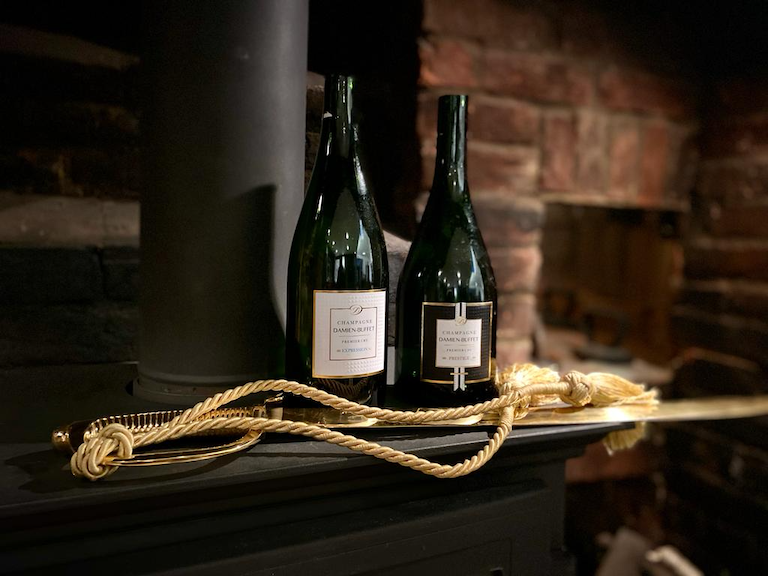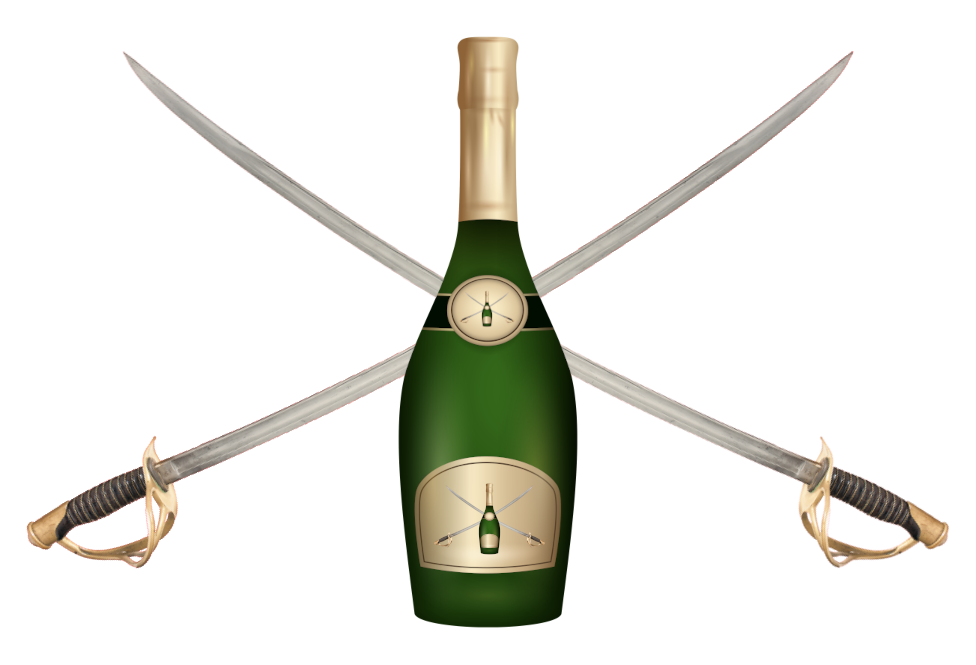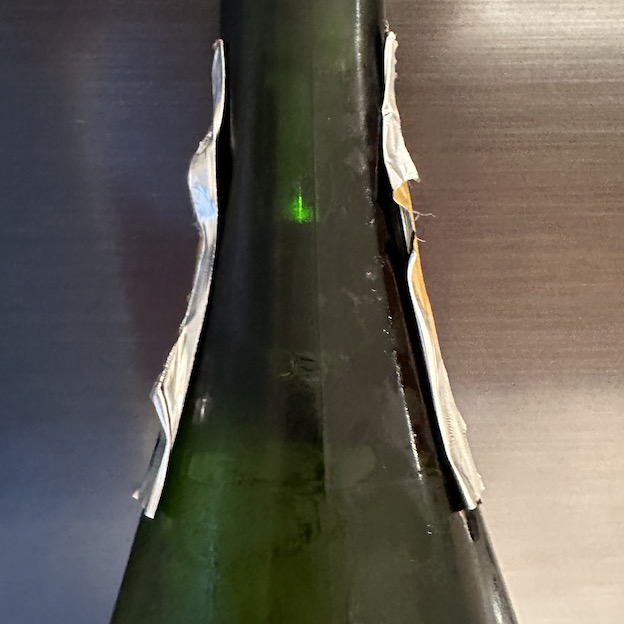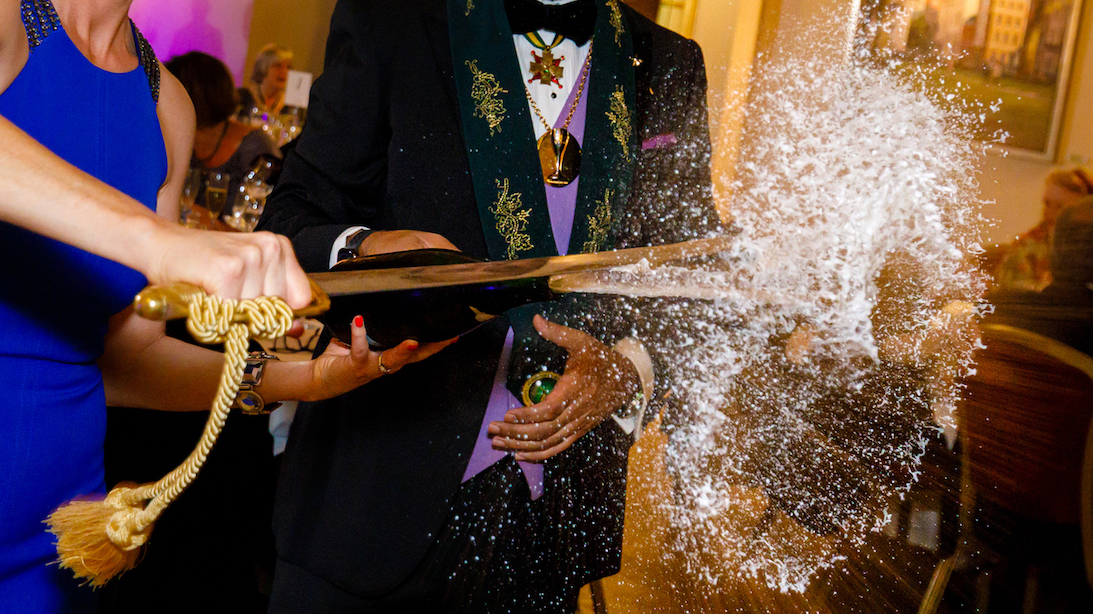What is sabrage?
Sabrage is the art of opening a bottle of Champagne with a sabre. Done properly, it is quite straightforward, completely safe, and very impressive. Done poorly, it can be just as damaging to your clothing as to your reputation!

This page contains a guide to performing sabrage, as well as a brief history of the art. If you still aren’t convinced it is as easy as it sounds, try it for yourself by coming along to one of our events, or even booking us for your own party!
How do you do it?
You can perform sabrage in the comfort of your own home. All you will need is a properly chilled bottle of Champagne and a sabre.
This may look like a lot to think about, but it really is very easy, as can be seen in this tutorial given by a member of the UK & Ireland Council (and Maître-Sabreur), to one of our members when she performed her Novice Sabrage at a festive event:
Where does it come from?
Two hundred years ago, stylish young cavalry officers in the French Army would slice the corks off Champagne bottles with their sabres, rather than put themselves to the effort of easing the corks out by hand. Napoleon, who is known to have said of Champagne that “in victory, one deserves it; in defeat, one needs it”, may have encouraged this.
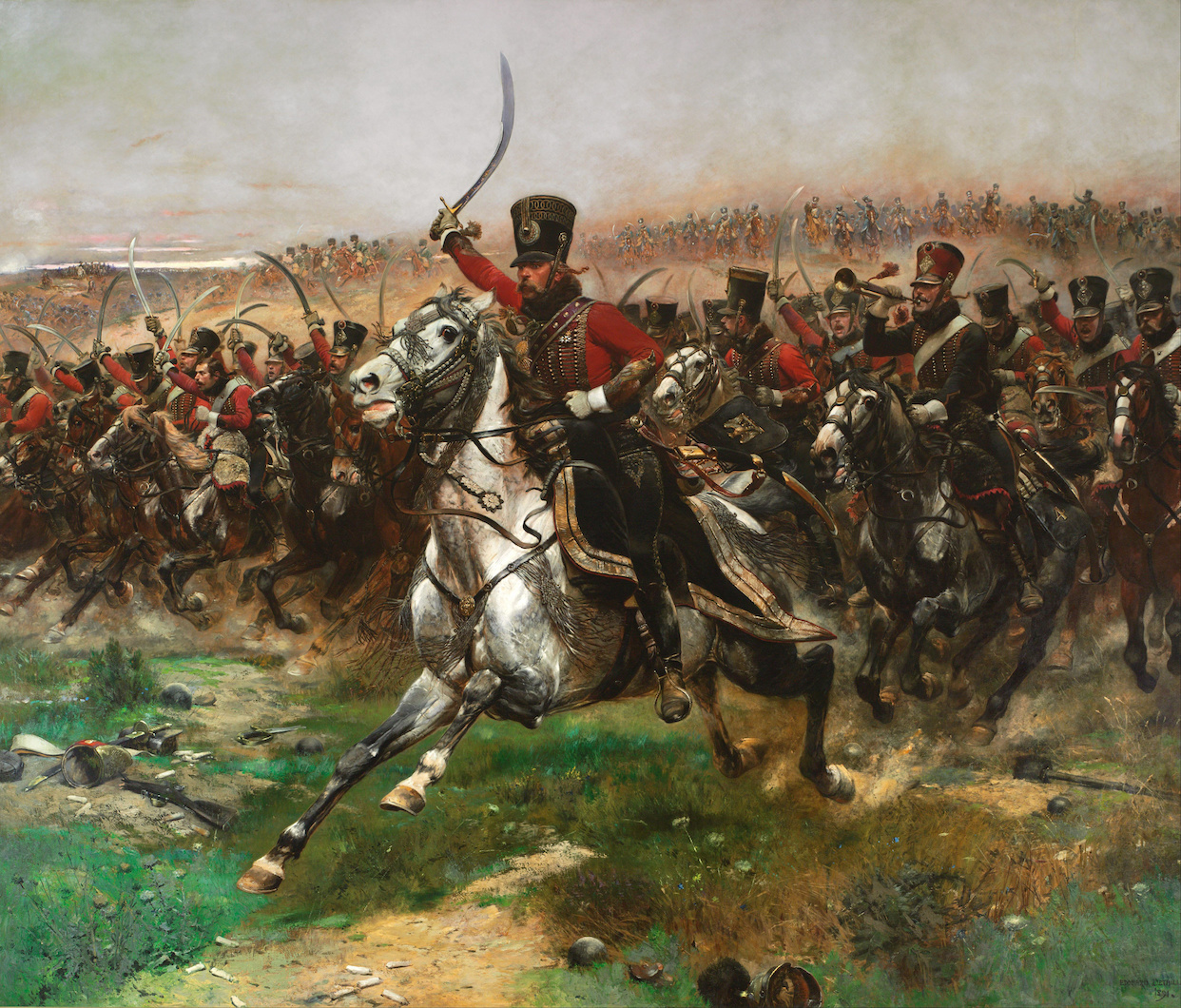
After its introduction by the Hussars, the art of sabrage gained popularity among the French aristocracy and quickly spread throughout Europe, where it became a symbol of celebration and extravagance.
There may no longer be dashing dragoons, happy Hussars, or lascivious lancers to sabrage the bottle, but the Confrérie du Sabre d’Or has continued the proud tradition.
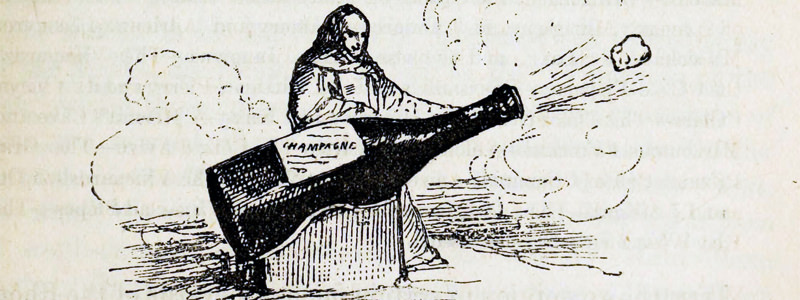
Today, sabrage is not limited to the élite or the military: many restaurants, hotels, bars, and Champagne houses offer sabrage demonstrations to add a touch of sparkle to their events, and a number of venues—such as our Caveaux de Sabrage—provide tutorials, showing that, with the right instruction and preparation, anyone can become a Sabreur or Sabreuse. And once you’ve opened a bottle with a sabre, you will almost certainly never want to open one conventionally again!
